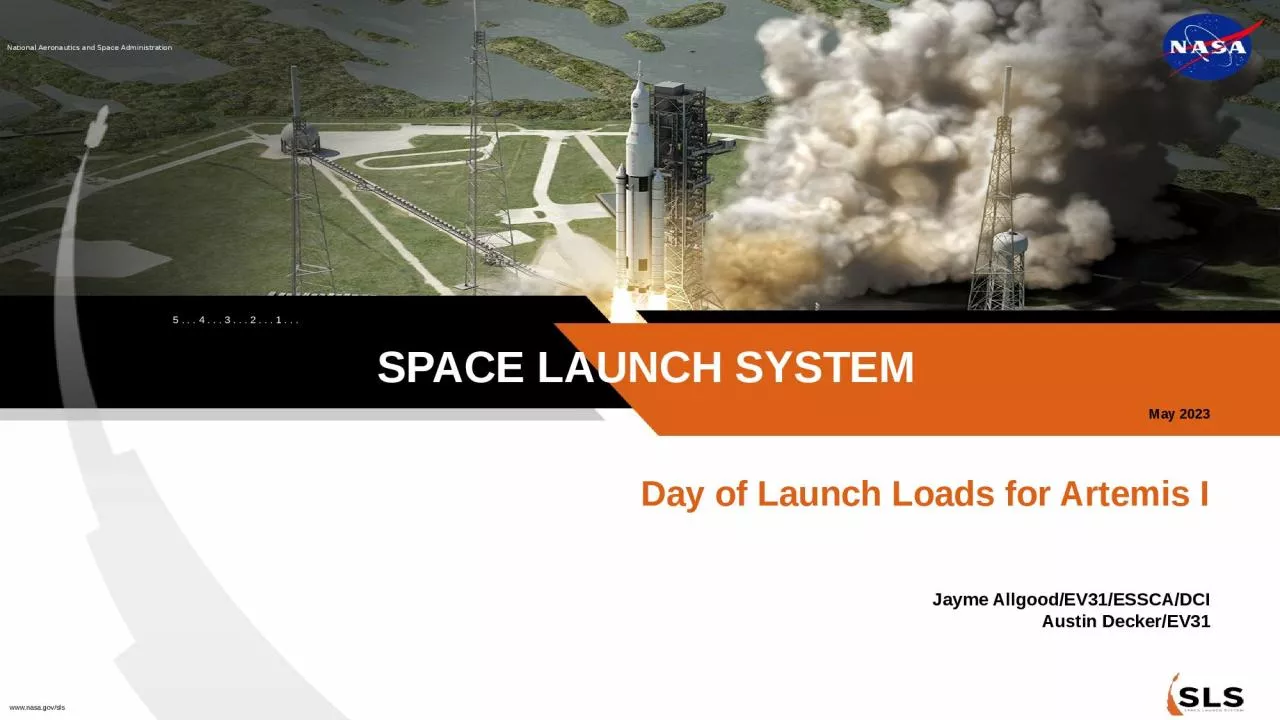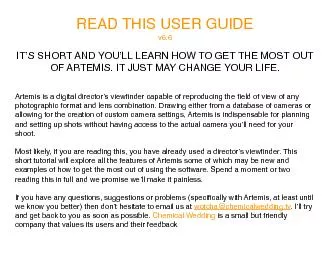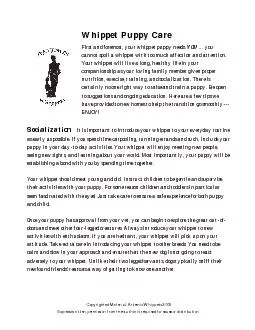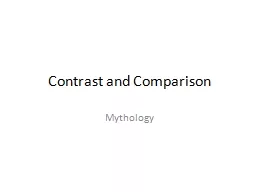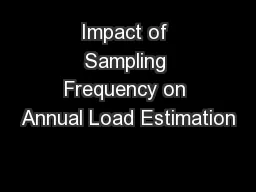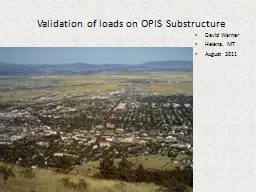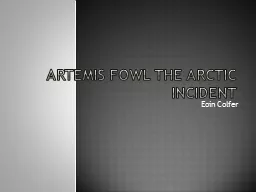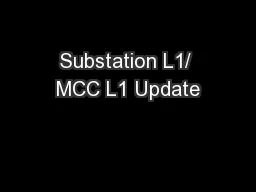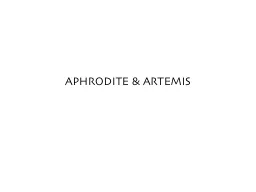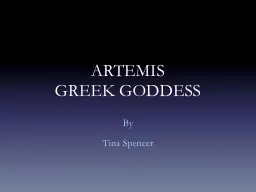PPT-Day of Launch Loads for Artemis I
Author : lily | Published Date : 2024-02-09
Jayme AllgoodEV31ESSCADCI Austin DeckerEV31 May 2023 Agenda 2 Day of Launch DOL Integrated Vehicle Loads Overview DOLVLI Tool DOL Loads Wind Methodology DOL Loads
Presentation Embed Code
Download Presentation
Download Presentation The PPT/PDF document "Day of Launch Loads for Artemis I" is the property of its rightful owner. Permission is granted to download and print the materials on this website for personal, non-commercial use only, and to display it on your personal computer provided you do not modify the materials and that you retain all copyright notices contained in the materials. By downloading content from our website, you accept the terms of this agreement.
Day of Launch Loads for Artemis I: Transcript
Download Rules Of Document
"Day of Launch Loads for Artemis I"The content belongs to its owner. You may download and print it for personal use, without modification, and keep all copyright notices. By downloading, you agree to these terms.
Related Documents

